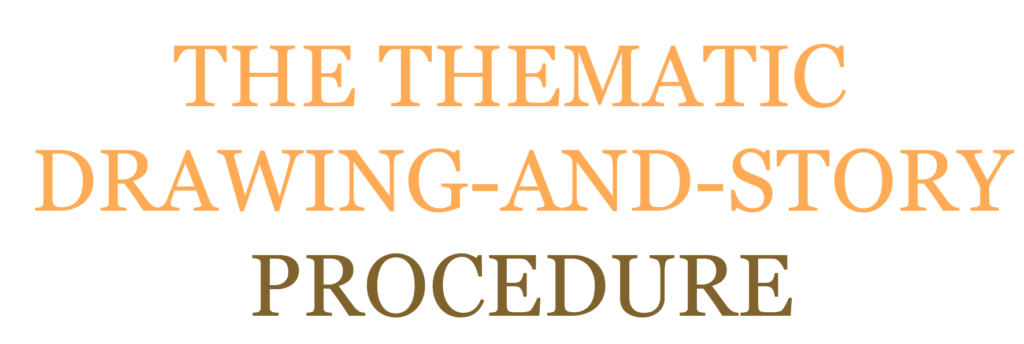REGIS, C. E. Efeitos da meditação na autoimagem de idosos [Meditation effects on elderly self image]. Master’s Dissertation – USP. São Paulo (SP), 2014.
Available on: doi: 10.11606/D.47.2014.tde-17032015-150644
The growth of elderly numbers in Brazil confronts us with the challenge of stare at the aging process in a different way. Related to Psychology, such exercise is essential in order to (re)think of the practice extending it to the elderly. Given the hypothesis of the changes occurring in self-image and considering the possible mind-body conflict in this phase of life, the study aimed to evaluate the effects of a meditation practice in self-image of elderly , analyzing verbal and graphic content. An interview script and the Thematic Drawing-and-Story Procedure (Vaisberg, 1999) were used; the participants were asked to draw an old person figure, which was compared with their answers about aging process/old age perception. The material was analyzed before and after the meditation course intervention. The psychoanalytical referential served as basis to interpret the data, which considers the existence of unconscious aspects and presence of defense mechanisms permeating the psychic functioning. The instruments allowed one to visualize differences between data, with contradiction in the graphic and verbal answers accent; the results showed significant changes mainly related to the drawings; the verbal content remained practically the same in both moments; in the graphic features there were expansion, being noticed the self-perception enlargement and change of positioning/perspective in general; two drawings presented more spontaneity picturing the own participant in a more natural way, with less formality; one resistance in the execution of task as solicited also occurred, which was associated to aging process conflict; there was explicit reference from the subjects about a perceived improve in their daily lives attributing it to the meditation. Such practice may have contributed to the self-image and the spontaneity expansion, although other factors may have concurred to this change, such as the attendance to the mediation classes, the acquirement of new personal contacts (pairs), to learn something new, or even the act of going out directed to an activity. These factors have influence on self esteem, motivation and consequently, the self-image. The mind-body conflict isn’t exclusive of elderly population, but it becomes more prominent at this phase of life. The difficulty in dealing with the mismatch between the body rhythm which no longer follows the mind rhythm was the tonic seen in the research subjects. The act of meditate adjoined with the idea of reserving a time for oneself, towards self-care, aiming the balance, may be good to extend the overall perception, in which the details don’t matter, but the look towards the whole picture, in order to relativize experiences, memories, other generations perception, also pondering the affects; to think how much one can affect/being affected by life inherent conditions: to look at what was trodden as choice and to what one could not choose, getting closer to a serene self-image in the last phase of life. It was concluded that the best alternative in old age is to be conscious of the mind-body conflict and not fight against it, but learn to live with it.

